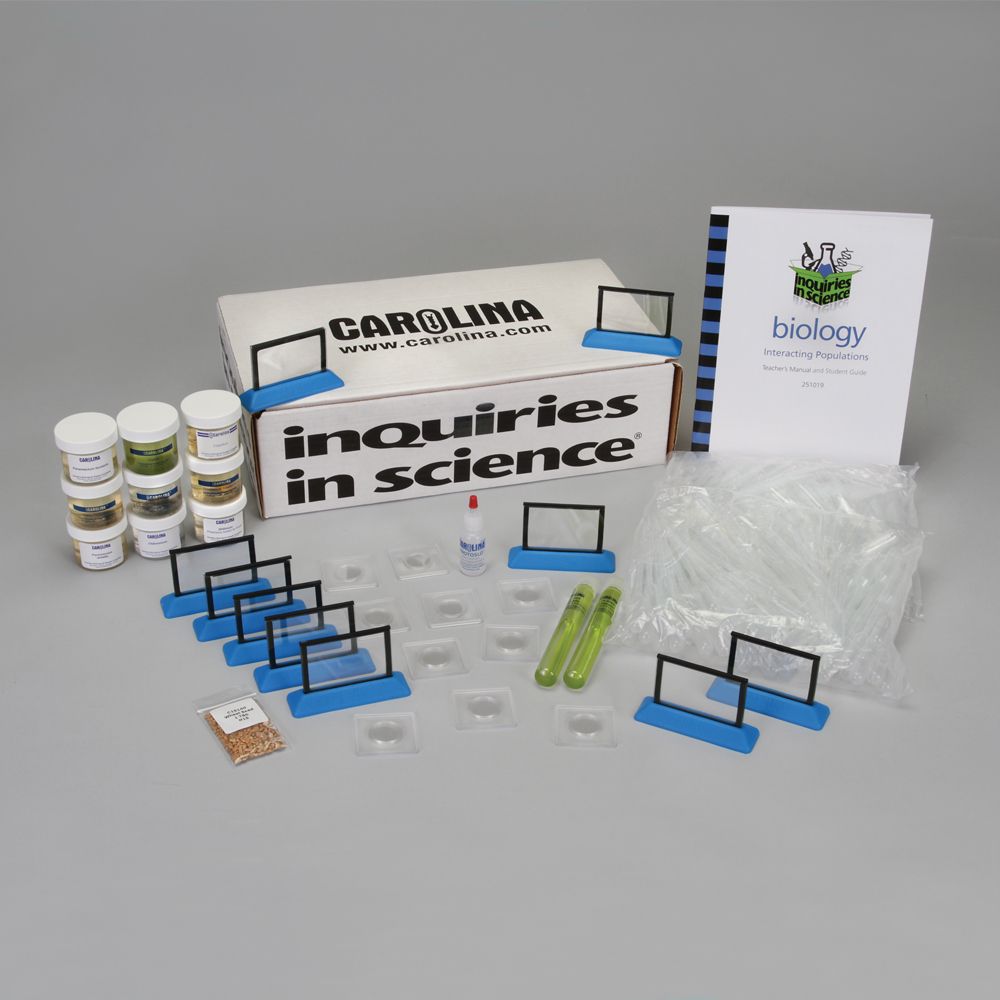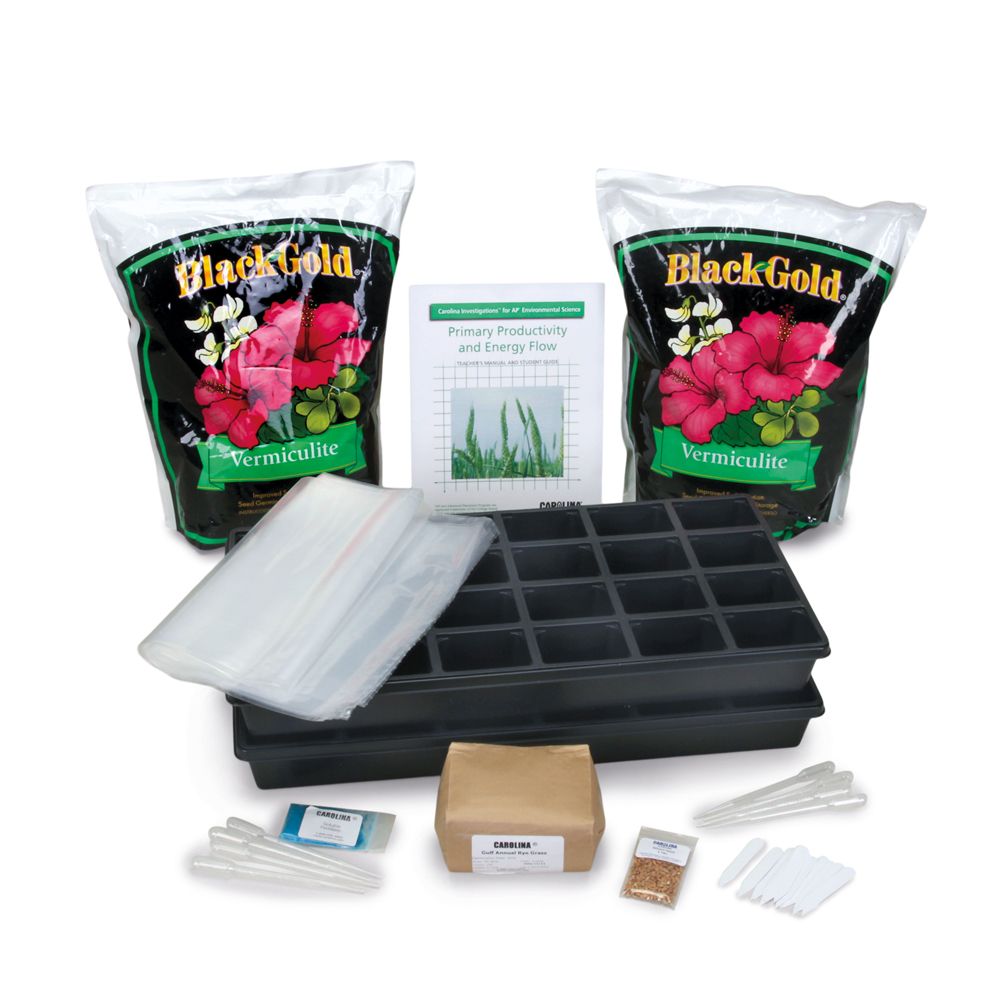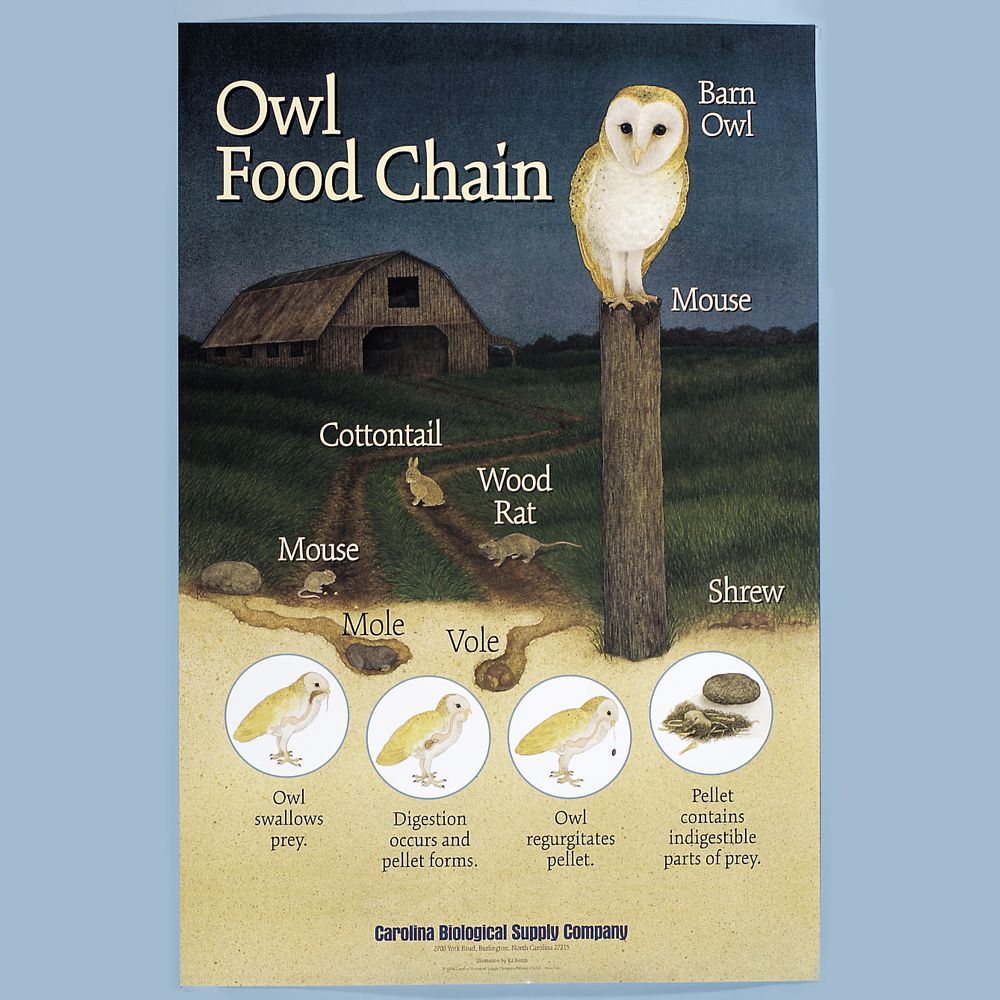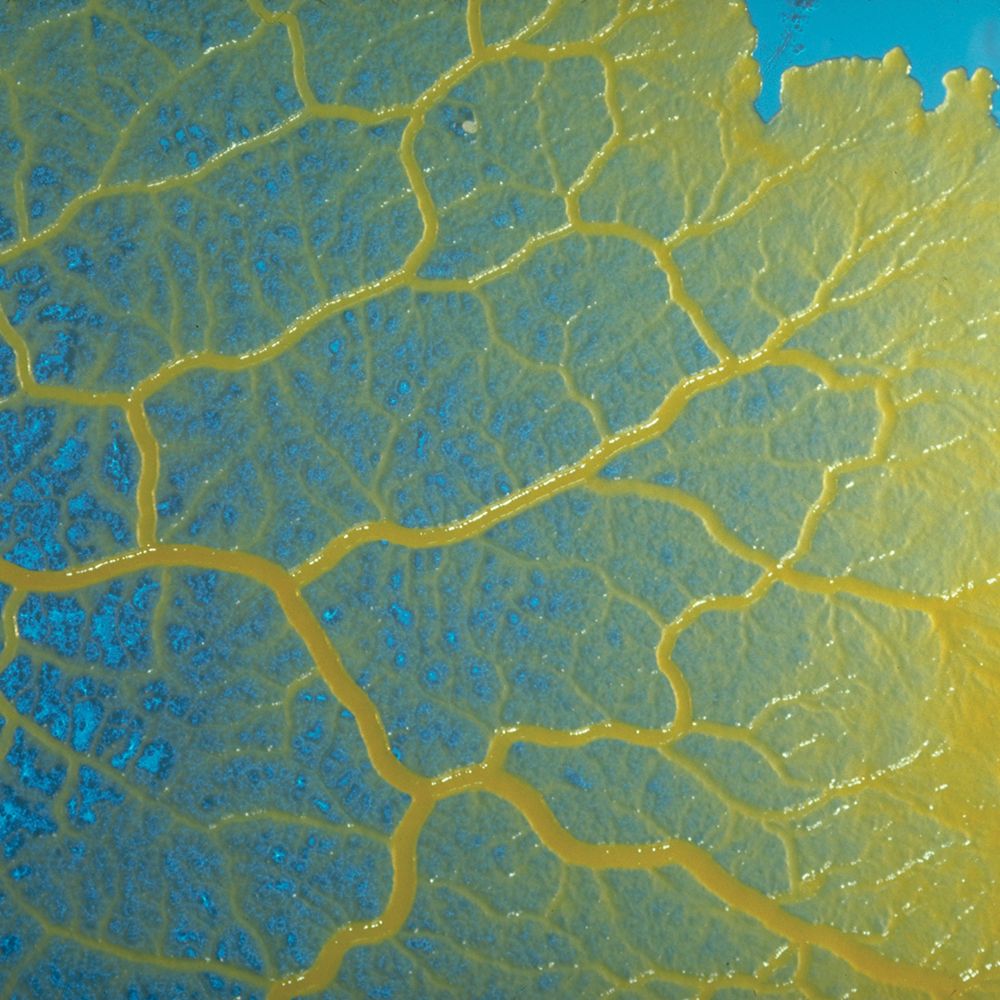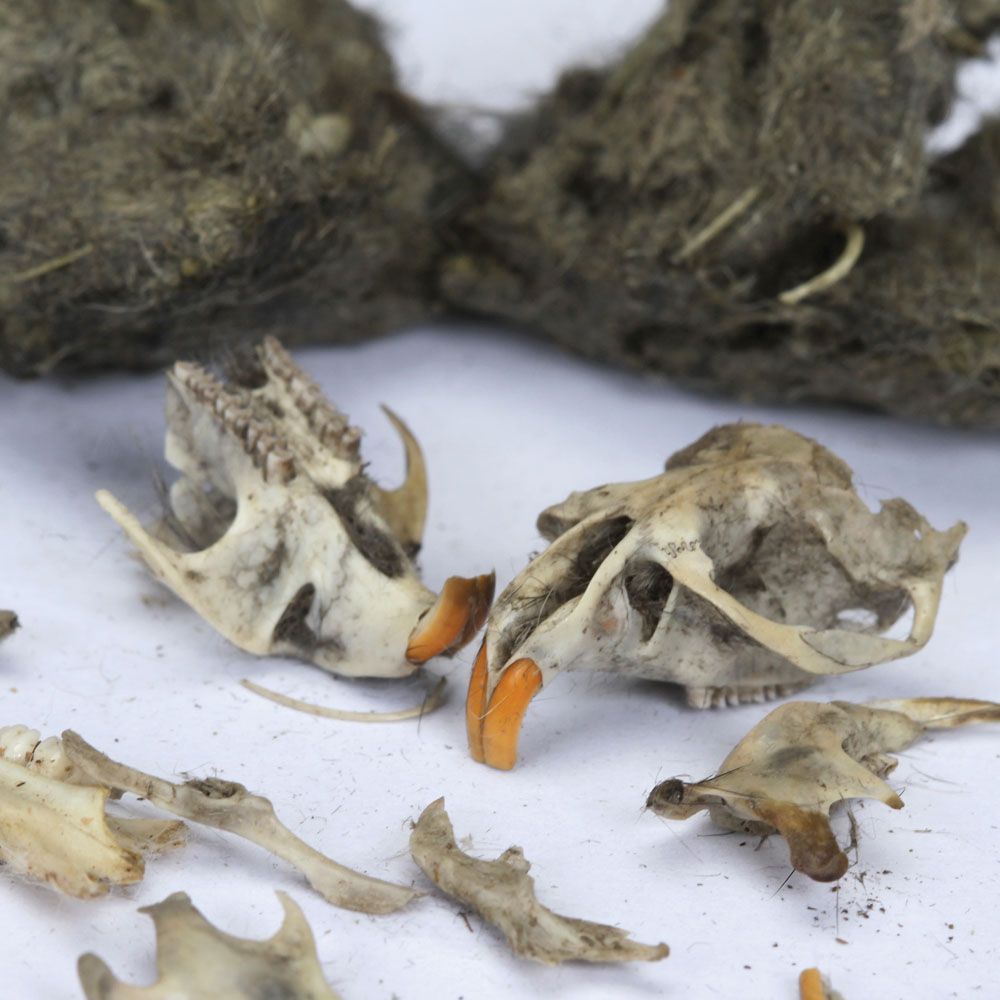Ecology is the foundational study of how organisms interact with each other and the planet. A complete study of ecology may include investigating the biotic and abiotic factors of biomes, the structures of ecosystems, the processes at work within ecosystems, interactions among species in an ecosystem, and ecosystem sustainability. This complex topic includes ecosystem structure, ecosystem interactions, and ecosystem sustainability.
This guide on ecosystem interactions breaks down the important information students need to know, provides links to products and free digital resources, and includes suggestions for hands-on labs that reinforce student learning.
We have gathered a variety of products and resources to better help you teach this concept. They include:
- Models and manipulatives to simplify teaching ecosystem structure
- Investigations of ecosystem interactions
- Free resources for you and your students
The major areas covered in the topic:
Ecological Pyramids and Food Webs
Food webs and ecological pyramids allows students to explore the movement of energy in an ecosystem. As students discover who eats whom, they learn about the complex movement of energy through different trophic levels.
Building Ecological Pyramids Pyramids Kit #251011
Beginning
Easy to Perform Requires little to no prior knowledge
Students analyze the contents of owl pellets and construct ecological pyramids to represent the data collected. After discussing their results, students are then challenged to apply their knowledge by constructing an ecological pyramid based on the foods they themselves eat.
Food Chains and Energy Flow Kit #187104
Beginning
Easy to Perform Requires little to no prior knowledge
Students are introduced to an aquatic food web diagram that has 3 missing “mystery” organisms. After drawing inferences about those mystery organisms, a microscopic investigation is done to solve a “who eats whom” mystery. Students have a chance to revise any cases of mistaken identity. Next, students conduct and interpret a model of energy flow through a food chain. They perform calculations using their data and based on the 10% rule. Using these numbers, they consider how the model could be improved, and explain how it applies to the aquatic food web. Throughout, students seek to construct and refine their understanding of energy flow and matter cycles to answer the driving question, “How does energy flow through food chains in an ecosystem?”
Primary Consumer Energy Flow Kit #181079
Advanced
For experienced high school and college classes
Requires some technical skill and background knowledge
Students create a simulated pond using 2 culture mixtures and then identify the protists and algae found in their pond using a dichotomous key. Sampling the top, middle, and bottom of the pond, students compare the biodiversity of the various layers using both species richness and the Simpson index for biodiversity.
Predator-Prey Relationships
The predator and prey relationship is an area that students usually have some familiarity, but this relationship is foundational to many ecosystems. As students model this type of relationship, they are able to gain a greater understanding about how one organism impacts another.
Carolina EcoKits®: Predator-Prey Relationships #187010
Intermediate
Easy to Perform Requires some background knowledge
In this kit, students use direct observation and modeling to examine the relationship between predator and prey in 2 sets of organisms. First, students examine the relationship between Daphnia and Hydra and between Stentor and Chilomonas. Students then collect data while modeling a predator-prey relationship with beads. Students graph and analyze the collected data before drawing conclusions about the relationship between predator and prey.
Symbiosis
Symbiosis is the interaction between two organisms that live in close proximity. Students learn about how these relationships can be positive, negative, or neutral to the two organisms.
Carolina EcoKits®: Species Interactions #187002
Intermediate
Easy to Perform Requires some background knowledge
Students observe examples of competition, predation, parasitism, and symbiosis. First, students explore predation as they observe Stentor protozoa prey upon Chilomonas. Next, students observe Amoeba and Stentor as they compete for the Chilomonas food source. Students then extract the gut contents of termites and examine protozoan symbionts. At the last lab station, students study the parasitic relationship between WOWBugs and Sarcophaga larvae.
Comprehensive Ecosystem Interaction Kits
Use one of these titles to cover multiple topics with one kit.
Owl Pellet Study Classroom Kit #227830
Beginning
Easy to Perform Requires little to no prior knowledge
The Classroom Kit, designed for up to 30 students working in pairs, contains 16 owl pellets, wooden probes, and teacher’s guide with reproducible student sheets that include skeleton and bone charts and pellet activities.
Interacting Populations Kit #251019
Intermediate
Easy to Perform Requires some background knowledge
Students work together to observe relationships between organisms. They then design a microorganism ecosystem and study the organism interactions within it. Different types of symbioses between species are identified and the benefits to and impacts on each organism are evaluated. Students also study factors involved in the development of relationships between organisms. This kit helps you teach the cross-cutting concepts of Cause and Effect and Systems.
Primary Productivity and Energy Flow #181066
Advanced
For experienced high school and college classes
Requires some technical skill and background knowledge
Integrate the second law of thermodynamics into plant growth and development with this primary productivity lab. Students gain hands-on experience with manipulating parameters that affect net and gross productivity and plant respiration. They also investigate how energy flows through trophic levels in an ecosystem.
Carolina Investigations® for AP® Biology: Species Interaction #747810
Advanced
For experienced high school and college classes
Requires some technical skill and background knowledge
Help your students make a big picture connection across communities and populations by characterizing food webs and other factors, such as predation and abiotic factors. Students master the Winkler titration method for measuring dissolved oxygen concentrations. Using this tool, they measure dissolved oxygen fluctuations to assess the relationships between species in an aquatic food chain (Daphnia, Chlorella, and Hydra). After understanding the dynamics of the aquatic food chain, students introduce new variables to design their own experiment using the producers and consumers.
Games and Other Products
Check out our selection of products to supplement your ecosystem lessons.
Free 3-D/NGSS Activities for Ecosystem Processes
Carolina Essentials™ are free, hands-on, NGSS-based activities. These activities are designed to make implementing 3-D learning easy. Students make sense of phenomena while learning concepts essential for understanding ecosystem processes. You can browse all of these Carolina Essentials or try one of these:
Other Resources and Activities
Support Videos
First time dissecting an owl pellet or using a micro aquarium? These videos can help.
Buying Guides
Choosing the appropriate equipment for your labs can be a challenging task. Our buying guides are designed to make your decisions easy. Review Carolina Recommended Microscopes or our Ultimate Lab Basics Buying Guide.
For More Guidance
These are our top picks. If you don’t see what you’re looking for, we’ll be happy to help you find the right activities and kits to simplify your planning and implementation. If you have questions, please contact us at product@carolina.com.
About The Author
Carolina Staff
Carolina is teamed with teachers and continually provides valuable resources–articles, activities, and how-to videos–to help teachers in their classroom.








